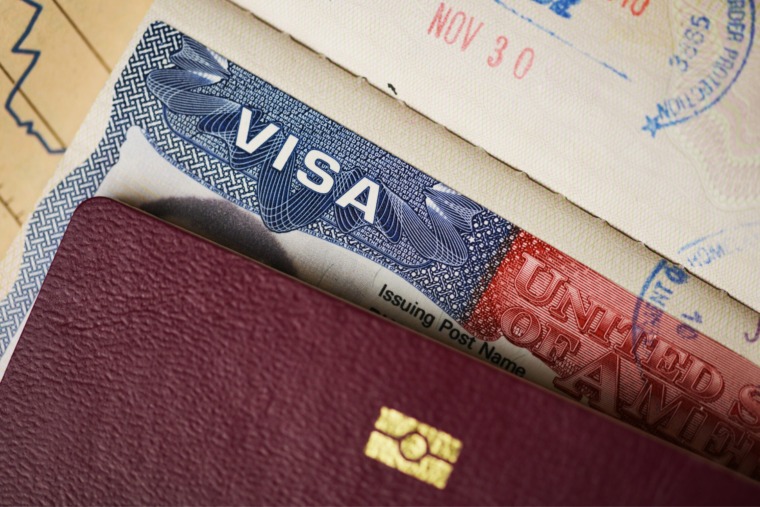
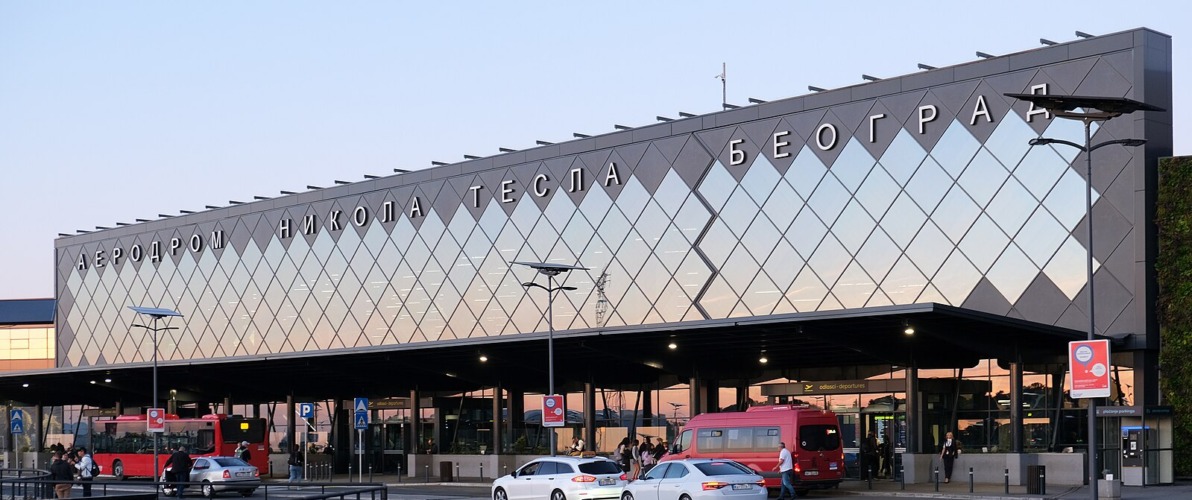
When you land in Serbia, your first impression of the country will likely come from Belgrade Nikola Tesla Airport (BEG) – the main international gateway into Serbia. Just across the runway, you’ll find the Museum of Aviation, a unique architectural and cultural landmark that tells the story of flight in this part of Europe. Together, they make an unexpected travel duo: one is your point of arrival, the other a cultural stop worth visiting even before you head downtown.
A Short History
Belgrade’s aviation story begins in the early 20th century, when the first planes landed on improvised grass runways near the city. The first official airport was established in 1927 in the suburb of Bežanija. By 1962, the growing needs of air travel led to the construction of the new airport at Surčin, which remains in operation today. In 2006, the airport was renamed after Nikola Tesla, the famous Serbian-American inventor.
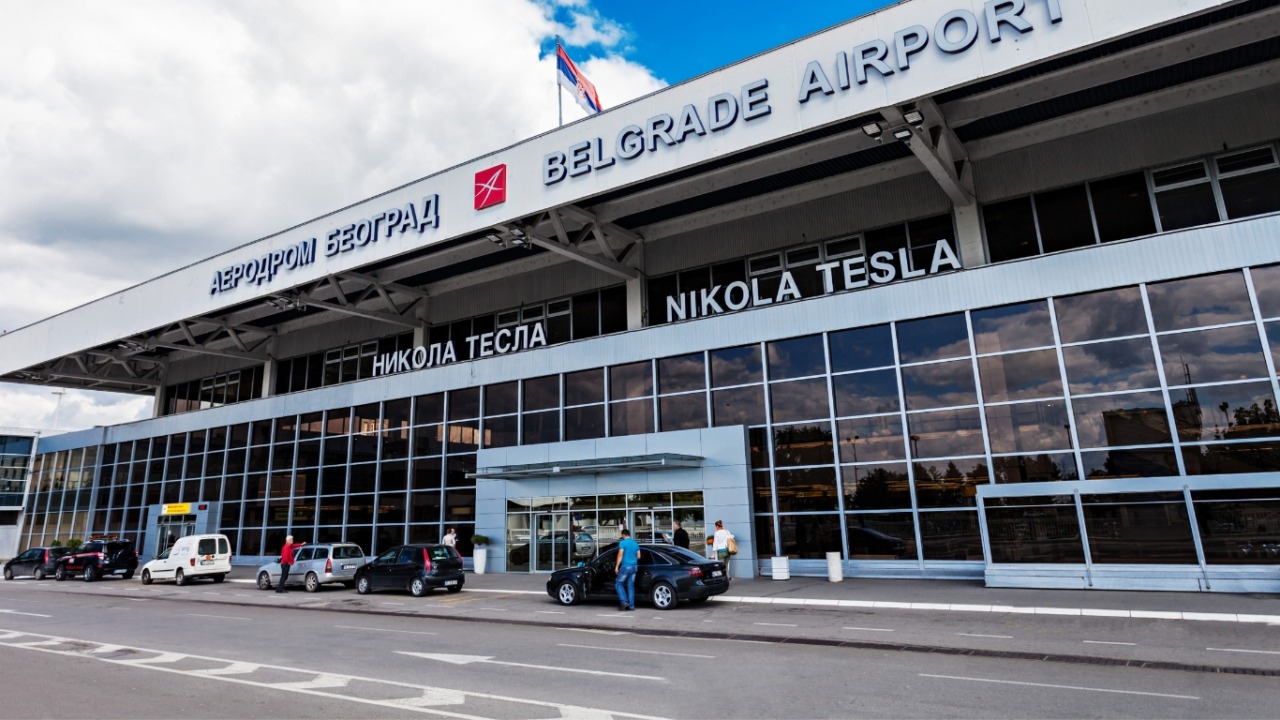
The Museum of Aviation, located next to the airport and opened in 1989, is housed in a striking glass-and-concrete futuristic building, often described as resembling a “flying saucer.” It holds one of the most important aviation collections in the Balkans.
Navigating Belgrade Airport (Nikola Tesla Airport)
- Arrival: The airport has a single terminal split into two sections (T1 and T2), making it compact and easy to navigate.
- Transportation to the city:
- Bus: The A1 mini-bus connects the airport with Slavija Square in the city center (30–40 min, around €3).
- Taxi: Fixed-price zones are set, and you can pay at an official counter inside the arrivals hall to avoid overcharging (to city center ~€20).
- Car rental: Major agencies are located in the arrivals hall.
- Facilities: Cafés, duty-free shops, currency exchange, ATMs, and a smoking lounge are available. Free Wi-Fi is offered for a limited period, after which you may need to reconnect.
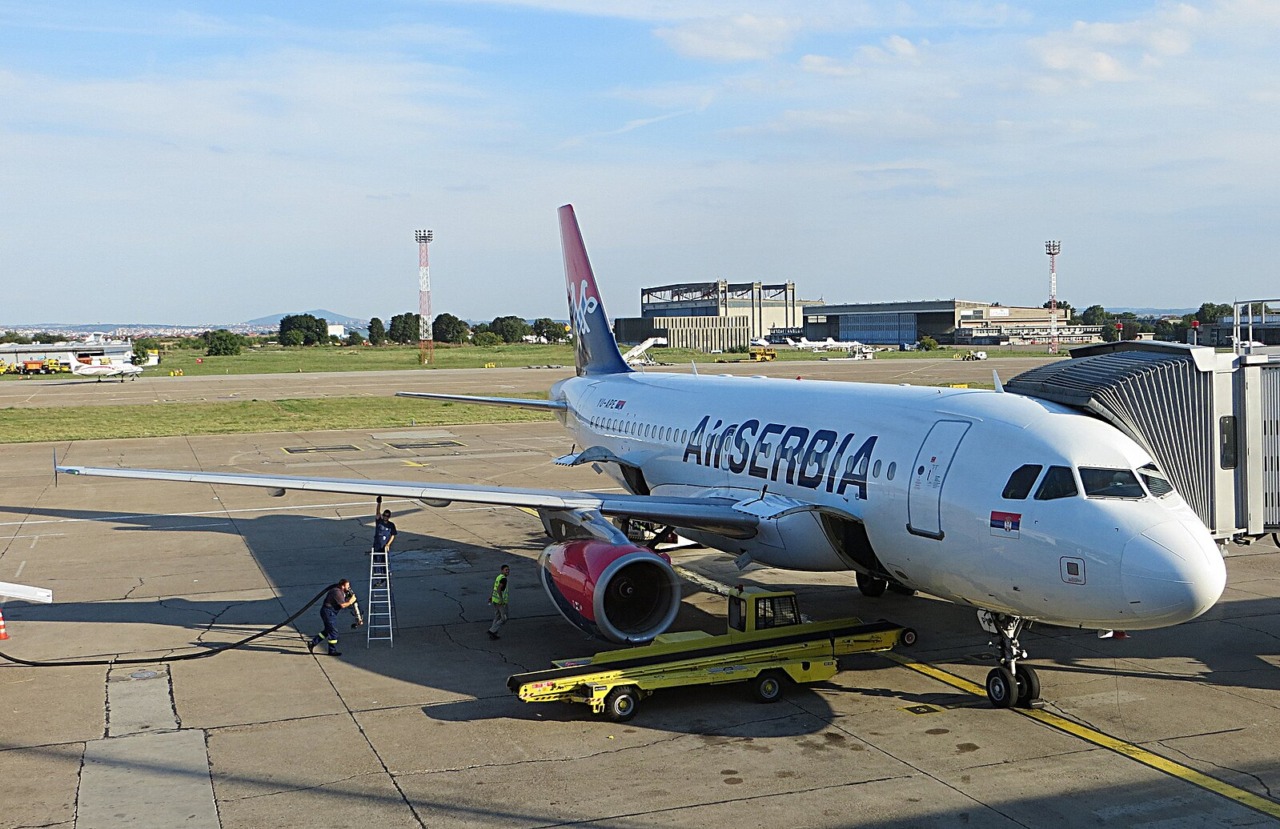
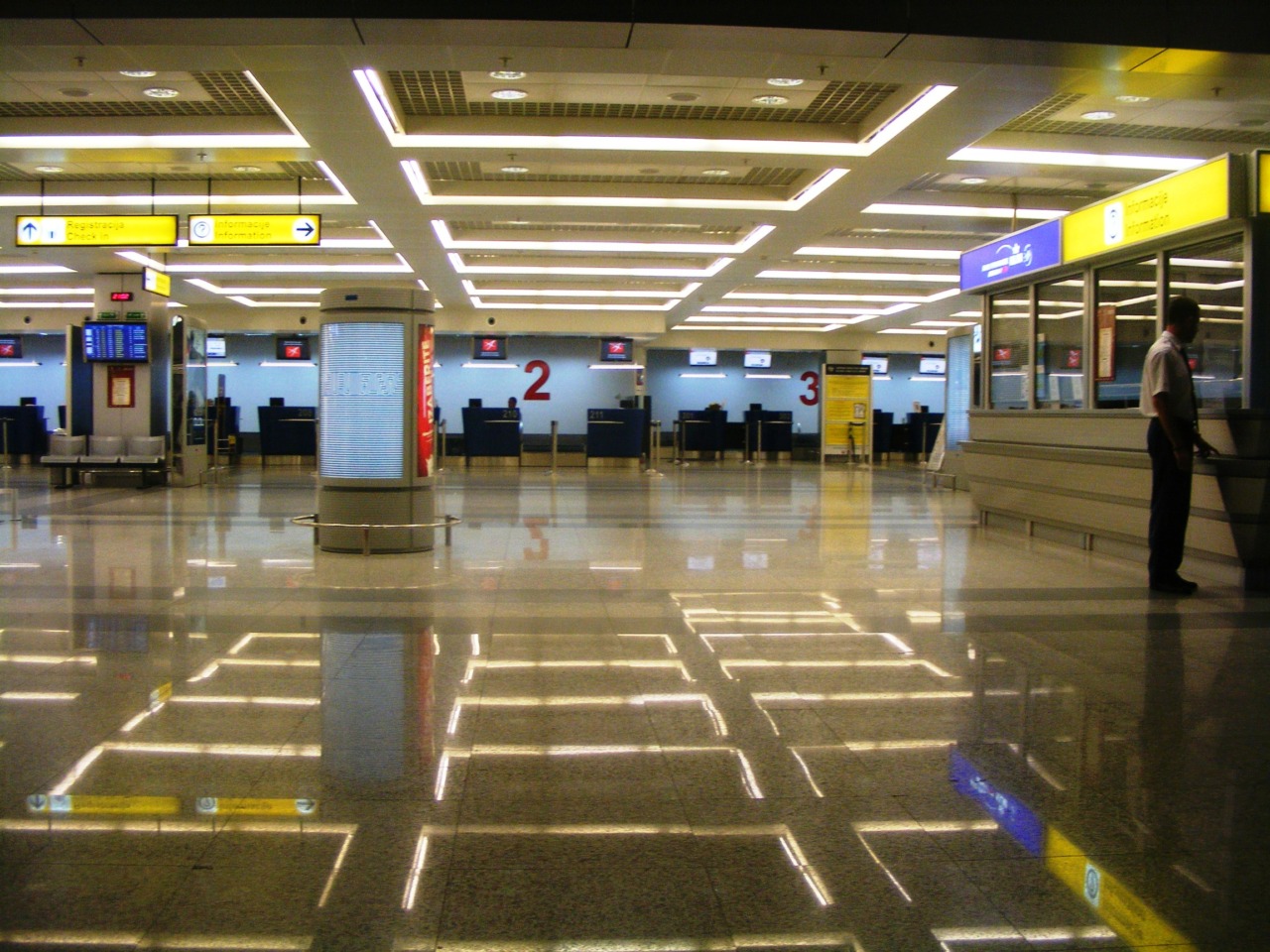
Tip: If you arrive late at night, pre-book a taxi or transfer, as public transport connections are reduced.
The Aviation Museum – What Makes It Special
- Unique collection: Over 200 aircraft, engines, and memorabilia. Highlights include WWII fighters, Cold War jets, and even parts of a downed American F-117 stealth aircraft shot down in 1999 – something you won’t see elsewhere.
- Architecture: The building itself is a landmark, with a dome-like glass structure that looks like it could take off any moment.
- Rare exhibits: Yugoslav-made aircraft like the Soko J-22 Orao, as well as Soviet and Western planes side by side, tell a story of Serbia’s unique position between East and West.
- Location: Just 5 minutes’ walk from the airport – perfect for a short stopover visit.
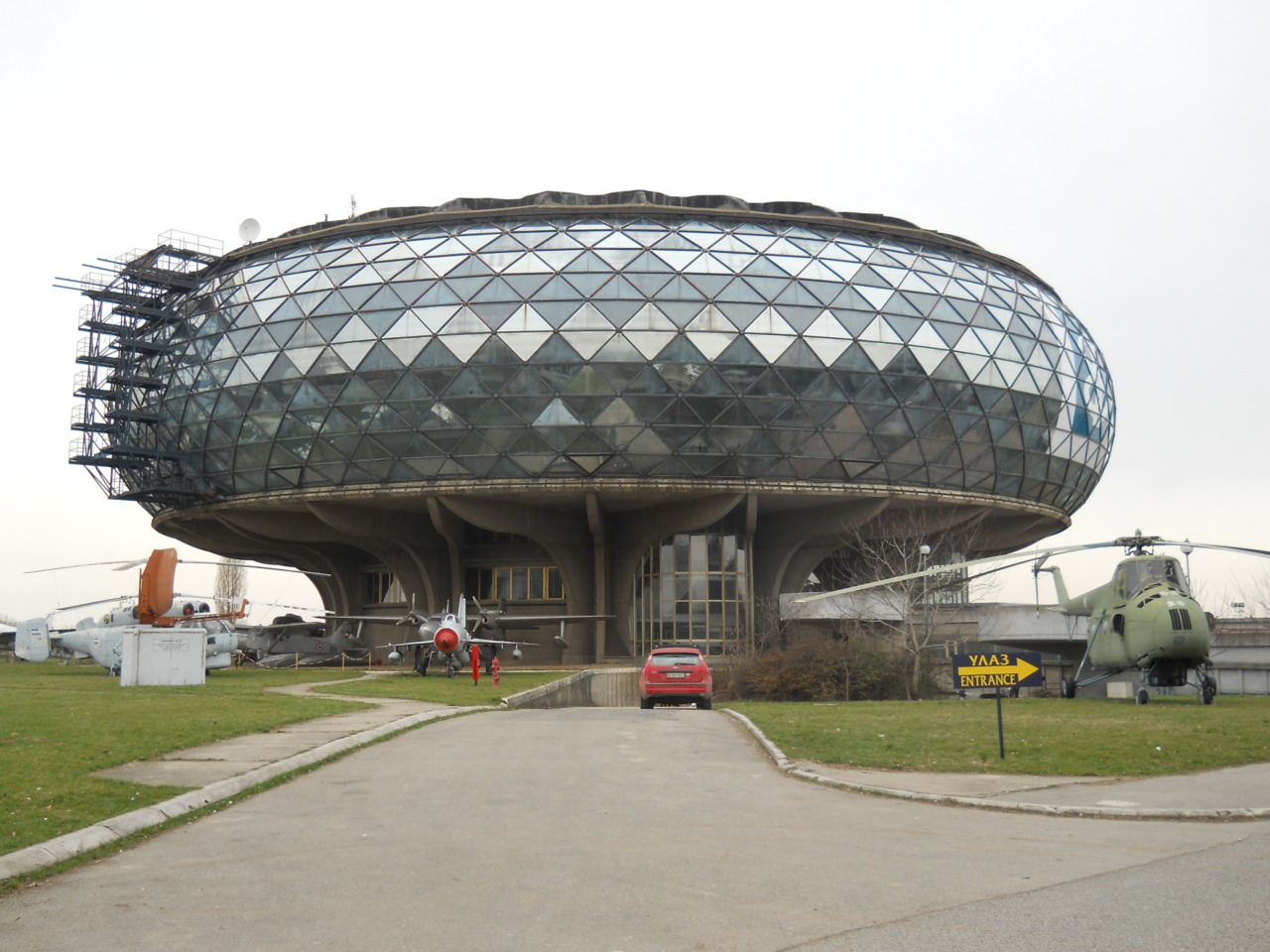
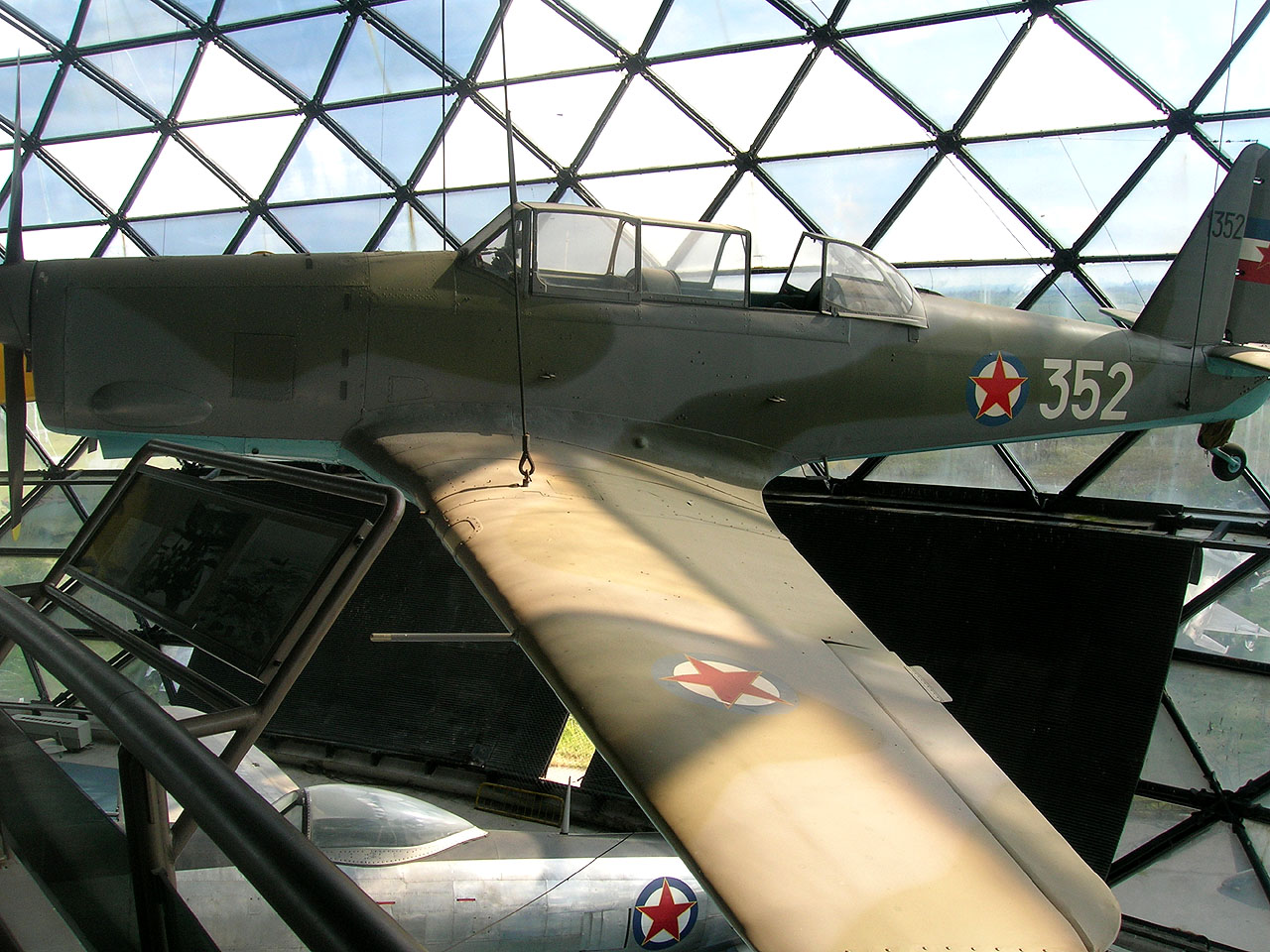
Tips & Tricks for Travelers
- Layover idea: If you have a long layover in Belgrade (4–6 hours), consider visiting the museum before heading into the city. It’s a unique experience that doesn’t require much time.
- Tickets: Entry to the museum is affordable, usually around €5. Guided tours are available on request.
- Souvenirs: The museum shop offers aviation-themed souvenirs, including models, books, and badges – great for aviation fans.
- Photography: The large glass dome allows natural light, making it excellent for photos.
Interesting Facts
- The airport’s code BEG comes from Beograd, the Serbian name for Belgrade.
- Nikola Tesla never flew in an airplane – but his name is now carried by Serbia’s busiest airport.
- The Aviation Museum is one of the few in the world with wreckage from a stealth aircraft.
- Belgrade airport is under major modernization and expansion, making it a growing regional hub.
For most visitors, Belgrade Nikola Tesla Airport is simply a point of entry. But with the Aviation Museum right next door, it can also be the beginning of your cultural discovery. Whether you’re an aviation enthusiast or just curious about Serbia’s unique place in aviation history, it’s a stop worth making.
Featured photo: kallerna, CC BY-SA 4.0 https://creativecommons.org/licenses/by-sa/4.0, via Wikimedia Commons
Related Articles


10 Serbia Travel Hacks You’ll Wish You Knew Earlier
November 7, 2025
A Russian in Serbia – Where Tradition Meets Familiar Warmth
October 22, 2025
An American in Serbia: From Fast Food to Slow Living
October 17, 2025
Romantic Autumn Escapes in Serbia: Hidden Gems for Couples
October 7, 2025
TikTok Guide to Serbia: The Most Photogenic Spots to Film
September 7, 2025
September in Serbia: Authentic Experiences You Can’t Miss
September 1, 2025

